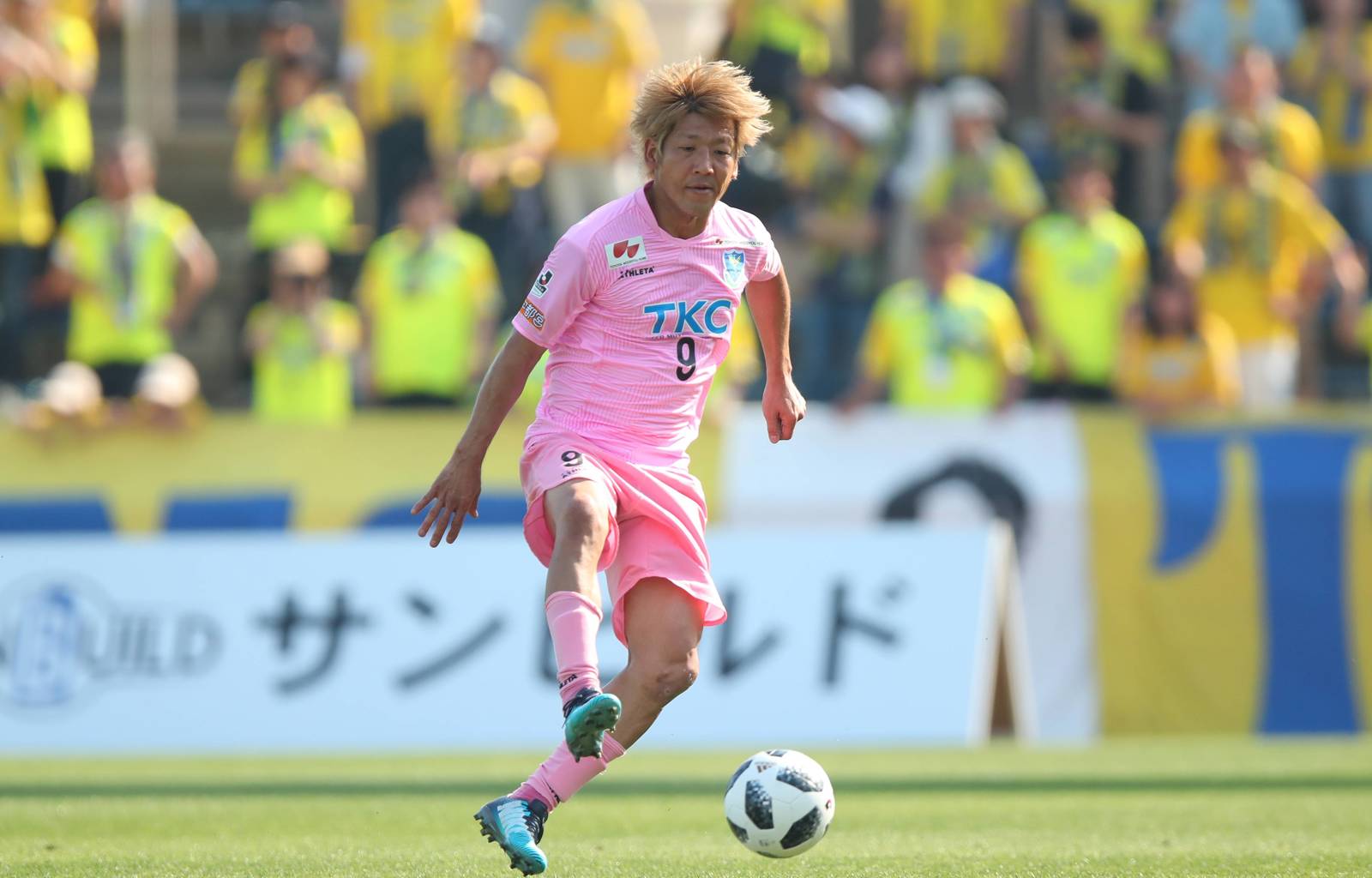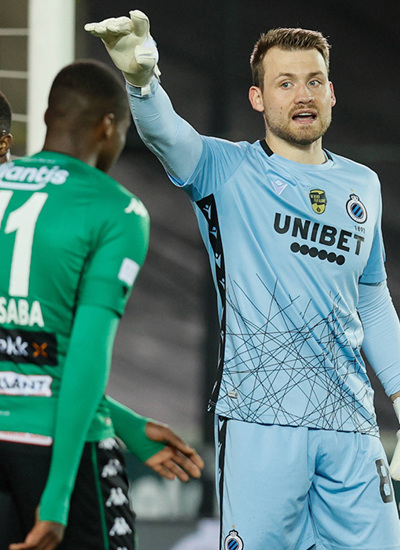
In the latest in a series of interviews to coincide with FIFPRO’s Shaping Our Future report, he talks about the development of Japanese football. After representing 12 clubs including Italy’s Torino he stopped playing last year and has returned to Osaka to work as a coach.
The report cites the J-League as an example of strong planning and robust licensing regulations, and one element he is most proud of: players always get paid on time. But he notes that a rookie salary cap has limited the league’s development since the exciting days of the 1990s.
You began playing in the J-League during a boom time
It was a brilliant time. When the J-League was launched (in 1993) I was in the youth team at Gamba Osaka. In the league, there were foreign stars like Gary Lineker and Zico but also big Japanese stars, especially at Verdy Kawasaki (now Tokyo Verdy) and Yokohoma Marinos.




